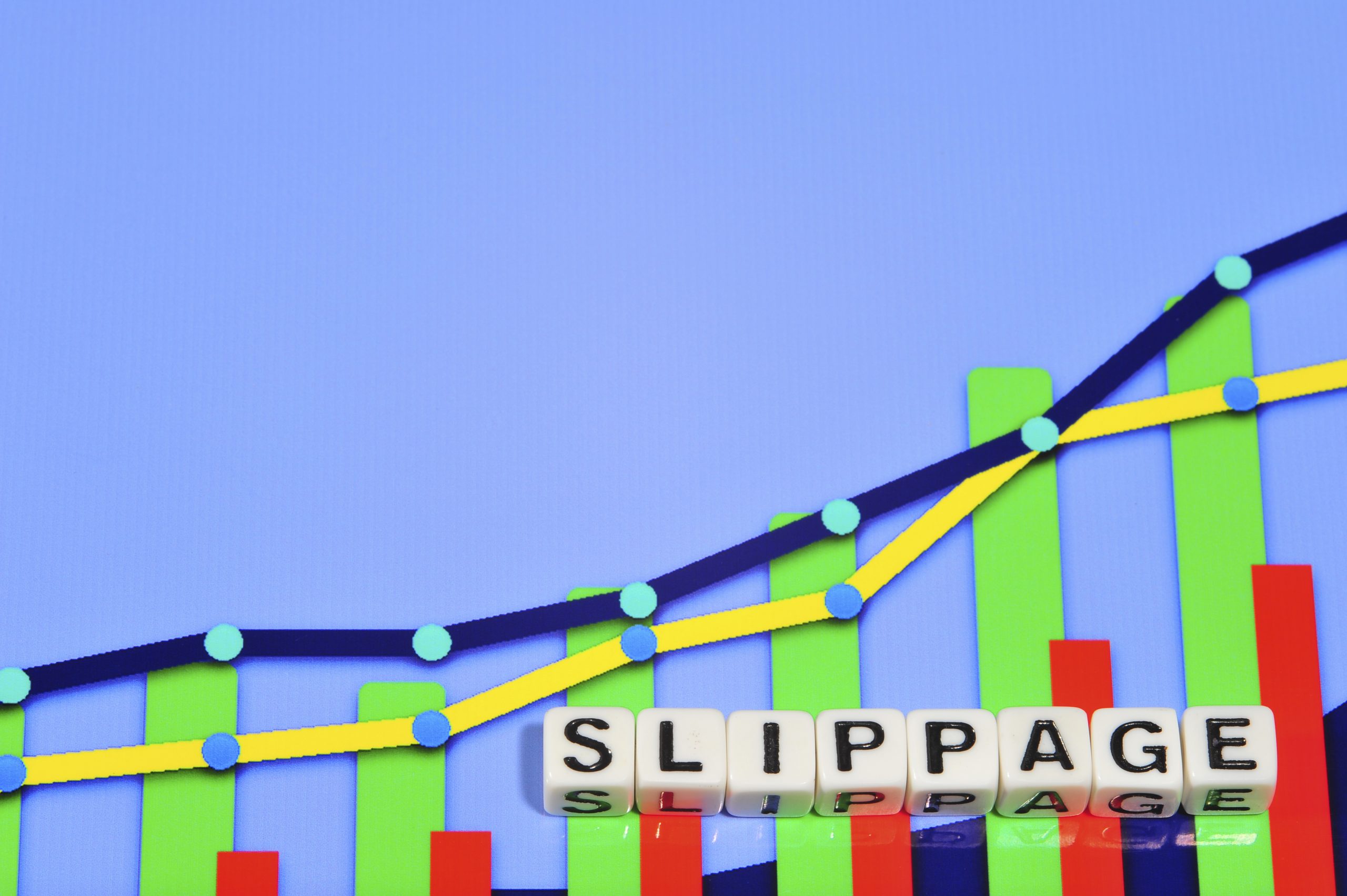Want to know what is slippage in crypto? Then keep reading! Slippage in crypto is the same as slippage in finance. Both refer to the difference in cost between the current price and the expected price once you execute the trade. Since cryptocurrencies are more volatile than stocks, the slippage percentages will likely be higher.
Slippage primarily depends upon trading volume and available liquidity. Additionally, crypto users can predetermine their slippage tolerance. By setting a slippage tolerance to, say, 3%, a trader can ensure that if their trade exceeds this value, then the transaction will revert.
Why Does Slippage Occur?

There are two main reasons why slippage occurs: liquidity and volatility. Cryptocurrencies are still a young asset class. These speculative instruments can rapidly increase and decrease in price. Once you decide to buy a coin, the price bought can vary significantly from the order execution. Wild swings in price (known as volatility) cause this phenomenon. Whales and institutions additionally can move prices drastically.
Another reason why the slippage occurs is low liquidity. Unlike some worldwide popular coins, such as SOL, BNB, and XRP, other cryptocurrencies do not have a high trading volume. Whilst it might be a good idea to invest early in projects that the public hasn’t yet discovered, these cryptocurrencies are usually illiquid, meaning they don’t have an equal number of buyers and sellers.
Upon selling an illiquid coin, you are likely to face a wide spread between the lowest ask and highest bid. For example, an investor lists the bids on the platform, noting down which price is he willing to pay. Then he looks for the closest match. Since there are only a few sellers, the prices will not align. The sellers are then, forced to sell at a lower price if they want to offload the coins.
How To Avoid Slippage When Trading
To avoid high slippage, rather than use an immediate market order, place limit orders instead. You might wait a bit longer, but you will avoid the slippage cost. If you are trading some of the most popular cryptocurrencies, there is a high probability your limit orders will get fulfilled. However, there is no 100% guarantee that you will get the price you asked for, as the price can jump out of your range.
Trading is a game of probabilities. You can create your slippage analysis by using simple math formulas. Or you can rely on the advanced AI systems that many platforms use. Some reputable exchanges started displaying slippage costs and percentages on their applications. One of them is Coinbase, which warns you by default of any 2% slippage prices. Through this, Coinbase protects investors from creating wrong assumptions and losing slippage money.
Slippage Tolerance Depends On Your Trading Style
Slippage is a common occurrence in the crypto market. If you don’t use slippage to your advantage, you may not be able to cash out when you want to. Also, slippage price differences are not only negative; they can be also be positive. Positive slippage occurs when you get a better price for the asset. Now, that doesn’t sound too bad!
A trader’s slippage tolerance (the amount they are willing to lose to slippage) doesn’t have a limit. Traders decide what will be the price difference between intent and execution. Investors can also adjust the slippage tolerance in the settings on their favorite exchanges. For example, Pancakeswap and Coinbase have customizable slippage thresholds.
Slippage is not good or bad in itself. It happens alongside volatility as a norm. In traditional markets, brokers who advertise services promising 0% slippage are called cunning. Due to this, crypto developers have devised indicators and slippage analyses to help investors make more prudent decisions.
To learn more about everything crypto, see our Learn section.





